
It was such a juicy idea, and Rob Wendland just knew it would help Johnny Gray win Funny Car trophies and championships for Don Schumacher Racing.
His colleagues thought he was crazy, he said, but he kept telling himself, “This is going to be as cool as hell.”
The crew chief knew that just the right kind of shoe, an appropriate one with just the right kind of sole, helps “read” the racetrack. And reading the racetrack correctly then tuning the car accordingly is at least one secret to success in drag racing. So, he figured, “Why go with ‘appropriate’ when you could have perfect?”
“I had a pair of Vans,” Wendland said, and he found a discarded Goodyear slick tire to test his theory with them. “I put ’em on the slick and outlined each shoe, and I cut the tire to fit my shoe. I put them underneath the hydraulic jack overnight and glued them together. It looked nice, because I ground them all flush.”
But Wendland, who tuned for Terry McMillen for many years and today is helping Dan Mercier establish his Top Fuel program, found out what happens when hypothesis meets reality.
“They were heavy,” he said of the shoes. “So I went to the track with them, and I couldn’t twist my foot. It about broke my ankle. And when it was wet, you were going for a ride – wheee! – because there were no lines [grooves] to get rid of the water. The danger is when it’s wet or when there’s a little bit of oil. Even when going in and out of the trailer [in the pits], it was just too much. It was a bad idea.”
Actually, it was a worthy and clever idea that just didn’t work as planned.
Returning to practicality, Wendland still trusted his shoes, now Pumas, to help him understand the consistency of the track and all its attendant attributes in order to determine the traction level of the racing surface. He’s no different in that respect than fellow longtime crew chiefs Alan Johnson, Rahn Tobler, Mike Domagala, or Brian Corradi.
“I think Alan Johnson has worn the same shoes forever. I’ve changed brands, but I always buy five pairs,” Wendland said. In his fulltime racing days, he said he himself would wear out about three pairs of shoes a season.
Several years ago, Tobler received a new pair of shoes and in short order put them back in the box they came in, because the new pair didn’t have the same “feel,” the same sensitivity, that could help him interpret the track conditions.
Domagala, Leah Pruett’s co-crew chief at Tony Stewart Racing, said he understands that. He said he favors the Brooks brand but runs through an average of one pair a year because he doesn’t wear them all day long at the racetrack.
And he learned the hard way about rubbing his foot vigorously back and forth on the track surface.
“I tore the cartilage in my knee and had to have surgery,” Domagala said. As a result, he just toes the track a bit.
The same goes for Antron Brown Motorsports’ Corradi, whose exuberance at the starting line left him with an injured earlier in his career.

And like his counterparts, Corradi has his favorite brand – New Balance. And he said he can tell not only the difference among shoe manufacturers but also the changes in a new version of a particular model. He’s partial to the New Balance 1540 series but can feel the subtleties of a slight change in composition within the same model. When he had to replace his old faithfuls, he bought the same style but detected immediately that he had purchased a newer model. He said, “I was like, “Oh, oh, oh, oh, now, wait a minute here.”
He developed his preference simply through familiarity: “I just like that shoe because I’ve worn it the last 10 or 15 years out here. It’s always been a New Balance, but their sole is the same material. I could tell. If I walk out there with these, even though these are New Balance, completely different. I can tell.”
Dave Grubnic, Brittany Force’s crew chief on the Top Fuel side of John Force Racing, said proper shoes are, indeed, a big deal.
“We use multiple instruments when we’re out there, and it’s the collective sum of what all these instruments give us that helps us decide on how hard we want to push the cars, along with the track temperature. So, shoes, yes, definitely [are a key part of the equation],” he said. “It’s the feel. You can change shoes and change the feel. You get used to something, and you want to keep that a constant.”
However, Grubnic cautioned, “When you look at shoes, you have to factor in what percentage of that do we base our decisions on? The technical tools are still very valid. What we do is we use the technical tools and we probably weight them the most. When everything lines up and the shoes confirm it, it gives you more probability of success.”
He said, “I think all the crew chiefs probably have their own [preferences]. That’s up to each individual crew chief on what he’s looking for. I don’t think there’s one standard there.”
That’s where Grubnic played information close to the vest. He said he looks for “what suits me” and declined to divulge what that mysterious something might be. He said crew chiefs regard that information as privileged. “We all have our own little niche,” he said, quickly adding that “what works for me might not work for somebody else. So rather than protect what we have, we don’t want to mislead somebody and send them down a path that doesn’t work for their program.”
So what’s the magical quality that a shoe sole has for a drag-racing crew chief?

“It was a combination of what happened at Indy and Gainesville and places where they have a lot of different categories,” he said. “You have a lot of different [makes of] tires: Mickey Thompson, Hoosier, Goodyear. You get so many cars running on there that you get this conglomeration of goo that it’s not the same traction as you would [have] if you’re going to a race with less cars.”
That means a crew chief can opt for varying clutch settings and other variables in the car’s set-up.
Grubnic was amused by Wendland’s shoe-sole experiment and said, “That’s why you have to find something that fits into a window that still allows you to walk up and down the track and not get stuck on it.”
When he made the transition from driver to crew chief, Grubnic said the practice of selecting a useful shoe came naturally. “Common sense dictates that. When you look at the tools that we have available to us and what we’re trying to achieve, it makes sense to use as many of these tools as possible to come up with some sort of formula standard. It’s a sum of all these tools. So when you look at shoes, I wouldn’t put this on the front page of the newspaper that this is the be-all and end-all of what we do. It’s just another tool that we use to help us make a decision.”
But it is part of the sole of drag racing.












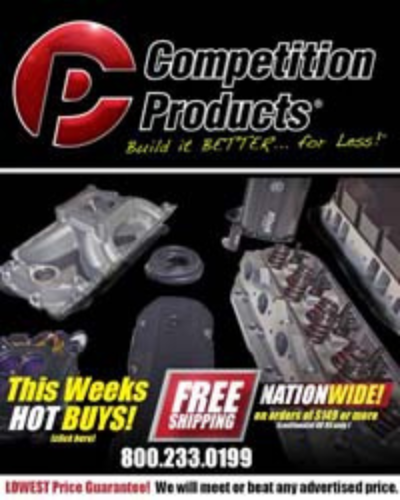
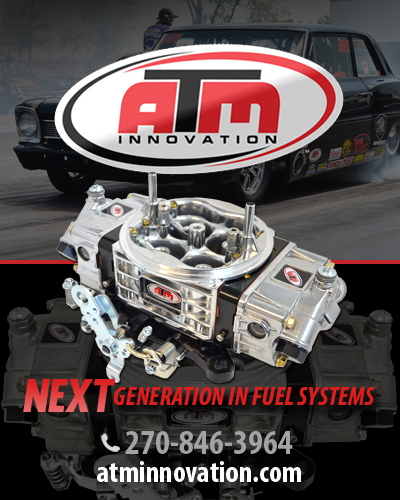

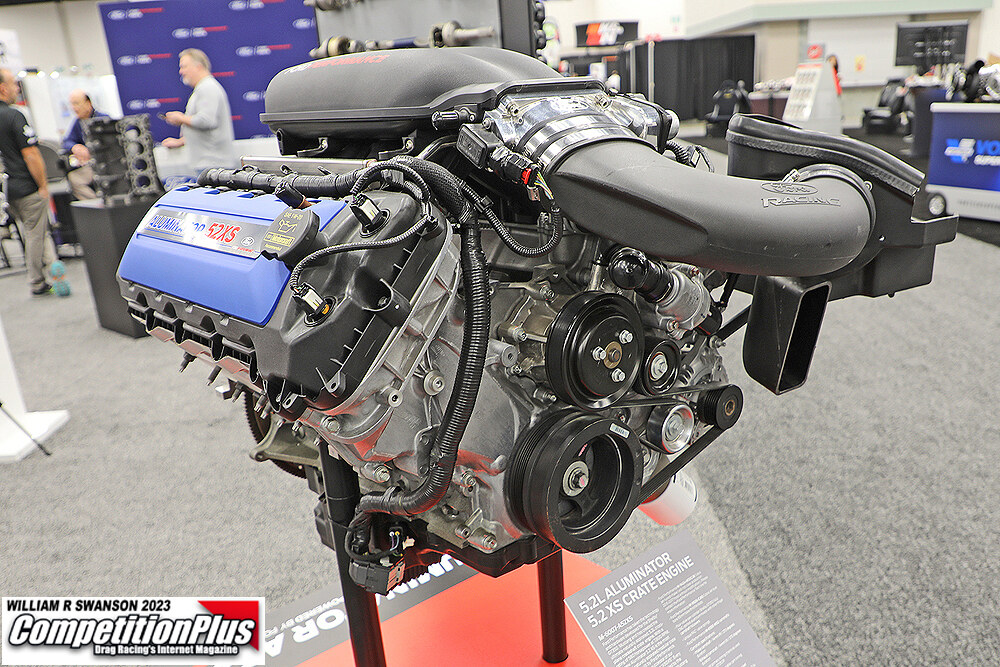



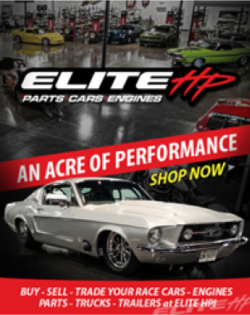


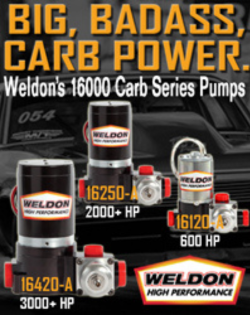

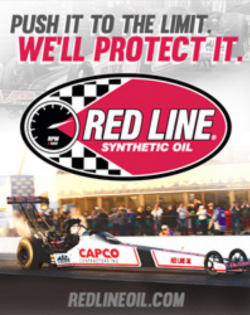


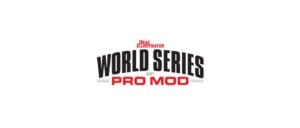

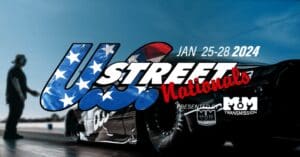
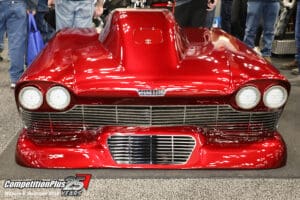

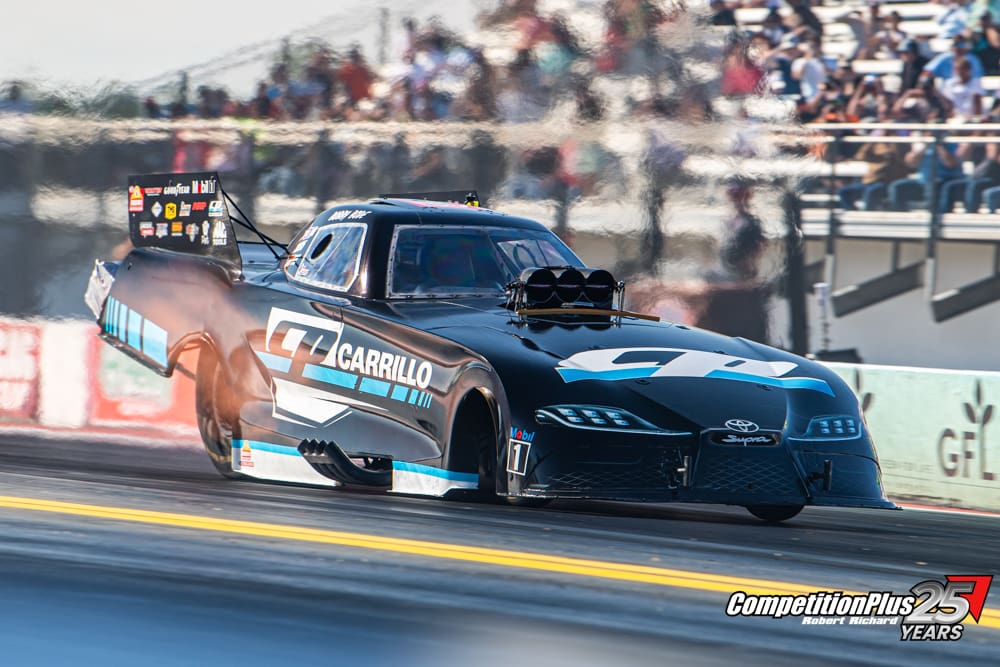

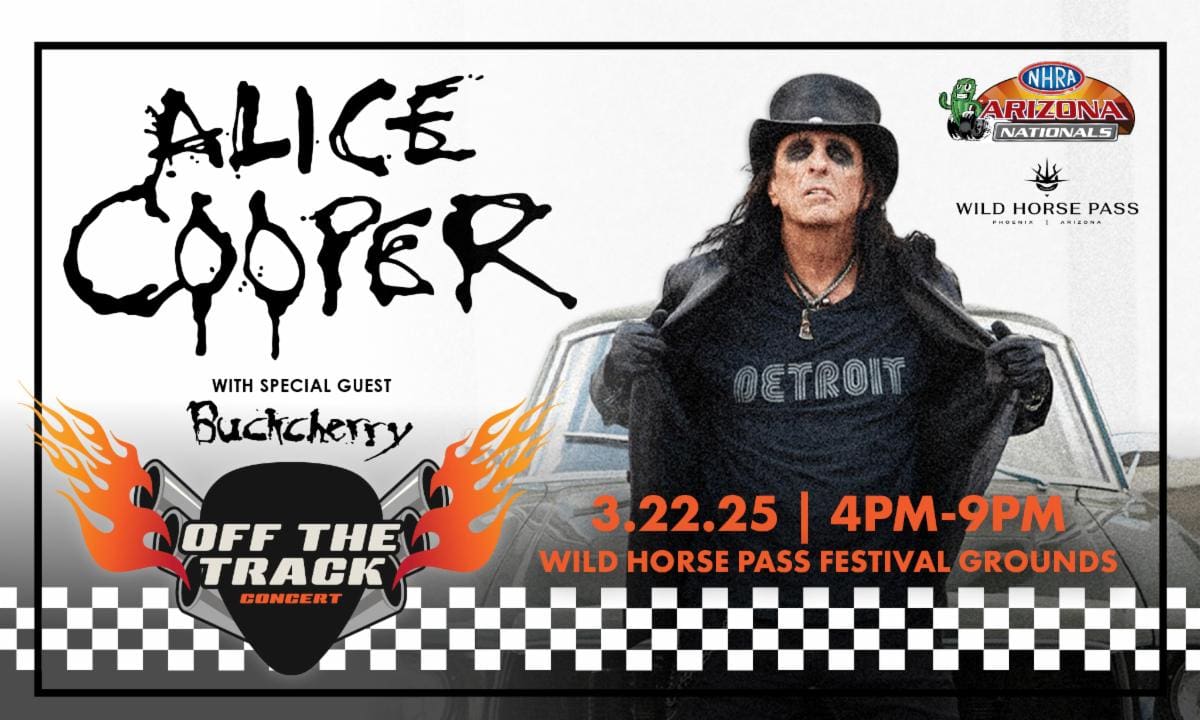


REYES ON TOUR: SHAKE AND BAKE – THE FLAMING FUNNY CARS